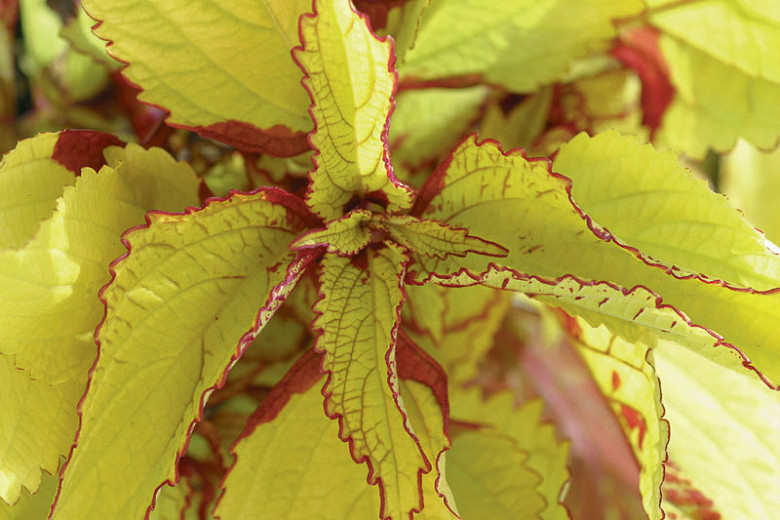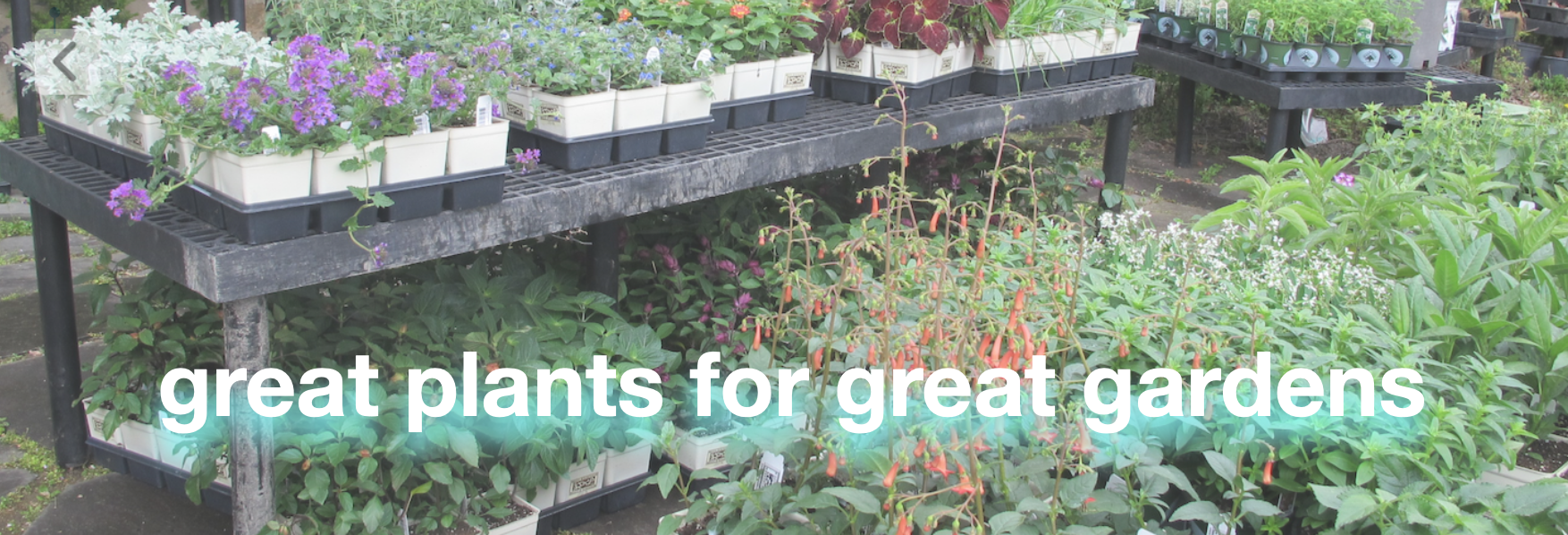Pineapple Sage Companion Plants: The Best Plants To Grow Together
Pineapple Sage Companion Plants: The Best Plants to Grow Together
Pineapple sage is a beautiful and versatile herb that can be used in a variety of ways. It has a sweet, pineapple-like flavor that makes it a great addition to both sweet and savory dishes. Pineapple sage can also be used to make tea, infused oils, and potpourri.
In addition to its culinary and ornamental uses, pineapple sage is also a great companion plant. It can help to attract beneficial insects, repel pests, and improve the growth of other plants.
In this blog post, we will discuss the best companion plants for pineapple sage. We will also provide some tips on how to plant and care for these plants together.
Benefits of Companion Planting with Pineapple Sage
There are many benefits to companion planting with pineapple sage. Here are a few of the most important:
- Attracts beneficial insects. Pineapple sage is a magnet for beneficial insects, such as bees, butterflies, and ladybugs. These insects help to pollinate plants and control pests.
- Repels pests. The strong scent of pineapple sage can help to repel pests, such as cabbage moths, tomato hornworms, and spider mites.
- Improves the growth of other plants. Pineapple sage can help to improve the growth of other plants by attracting beneficial insects, suppressing weeds, and improving soil drainage.
Best Companion Plants for Pineapple Sage
There are many different plants that can be grown with pineapple sage. Here are a few of the best companion plants:
- Carrots. Pineapple sage helps to repel the carrot fly, a common pest of carrots.
- Cabbage family vegetables. Pineapple sage repels a variety of pests that attack cabbage family vegetables, such as cabbage loopers, cabbage moths, and black flea beetles.
- Herbs. Pineapple sage can be grown with other herbs, such as basil, cilantro, and mint. These herbs will help to attract beneficial insects and improve the flavor of pineapple sage.
- Tomatoes. Pineapple sage helps to repel tomato hornworms, a common pest of tomatoes.
- Flowers. Pineapple sage can be grown with flowers, such as marigolds, zinnias, and cosmos. These flowers will help to attract beneficial insects and improve the appearance of your garden.
How to Plant and Care for Pineapple Sage Companion Plants
When planting pineapple sage companion plants, it is important to consider the size and growth habit of each plant. For example, pineapple sage can grow quite large, so it is important to plant it with other plants that will not be shaded out.
It is also important to consider the needs of each plant when watering and fertilizing. For example, pineapple sage prefers full sun and well-drained soil.
With a little planning, you can easily plant pineapple sage companion plants that will thrive together.
Conclusion
Pineapple sage is a great companion plant that can be grown with a variety of other plants. It has many benefits, including attracting beneficial insects, repelling pests, and improving the growth of other plants.
If you are looking for a versatile and easy-to-grow herb, pineapple sage is a great option. With a little planning, you can easily plant pineapple sage companion plants that will thrive together.
Pineapple sage is a beautiful and fragrant herb that can be used in a variety of ways, from cooking to tea to attracting pollinators. But did you know that pineapple sage can also be used as a companion plant?
Companion planting is the practice of planting certain plants together to benefit each other. Pineapple sage is a great companion plant for a variety of other herbs and vegetables, including:
- Tomatoes: Pineapple sage helps to repel pests that can damage tomatoes, such as aphids and whiteflies.
- Carrots: Pineapple sage helps to repel the carrot fly, which can destroy carrot crops.
- Cabbage family vegetables: Pineapple sage helps to repel cabbage loopers, cabbage maggots, and other pests that can damage cabbage, broccoli, cauliflower, and other members of the cabbage family.
- Strawberries: Pineapple sage helps to attract pollinators, which can help to increase strawberry yields.
If you're interested in learning more about pineapple sage companion plants, I recommend visiting Gardenia Inspiration. This website has a wealth of information about companion planting, including a list of specific plants that are compatible with pineapple sage.
FAQ of pineapple sage companion plants
Q: What are some good companion plants for pineapple sage?
A: Pineapple sage is a versatile plant that can be paired with a variety of other plants. Some good companion plants for pineapple sage include:
- Tomatoes: Pineapple sage helps to repel tomato hornworms and other pests.
- Carrots: Pineapple sage helps to improve the flavor of carrots.
- Strawberries: Pineapple sage helps to deter insects that damage strawberries.
- Cabbage, broccoli, cauliflower, brussels sprouts, kale, and kohlrabi: Pineapple sage helps to repel cabbage moths and other pests that are attracted to these crops.
- Butterflies and bees: Pineapple sage is a magnet for butterflies and bees, which can help to pollinate other plants in your garden.
Q: What are the benefits of companion planting with pineapple sage?
A: There are several benefits to companion planting with pineapple sage. These include:
- Pest control: Pineapple sage can help to repel a variety of pests, including tomato hornworms, cabbage moths, and aphids.
- Improved pollination: Pineapple sage attracts butterflies and bees, which can help to pollinate other plants in your garden.
- Flavor enhancement: Pineapple sage can improve the flavor of carrots, strawberries, and other crops.
- Disease prevention: Pineapple sage can help to prevent the spread of diseases, such as powdery mildew.
Q: How do I plant pineapple sage with other plants?
A: When planting pineapple sage with other plants, it is important to consider the size and growth habit of each plant. Pineapple sage is a relatively tall plant, so it is best to plant it behind shorter plants. It is also important to plant pineapple sage in full sun, as it needs a lot of sunlight to thrive.
Q: How do I care for pineapple sage companion plants?
A: Pineapple sage is a relatively easy plant to care for. It needs full sun and moist, well-drained soil. It is also important to water pineapple sage regularly, especially during hot weather.
Image of pineapple sage companion plants
- Marigolds: Marigolds are a great companion plant for pineapple sage because they help to deter pests. They also have bright colors that complement the pineapple sage's foliage.

- Calendulas: Calendulas are another good choice for companion plants with pineapple sage. They also help to deter pests and have a similar color scheme.

- Nasturtiums: Nasturtiums are a colorful and attractive companion plant for pineapple sage. They also attract beneficial insects, which can help to keep pests away from your garden.
- Coleus: Coleus is a colorful and easy-to-grow plant that can be a great companion for pineapple sage. They have similar growing requirements and can help to add some visual interest to your garden.

- Miniature chile plants: Miniature chile plants are a fun and unique way to add some spice to your garden. They can help to deter pests and also add some color and interest.


Post a Comment for "Pineapple Sage Companion Plants: The Best Plants To Grow Together"